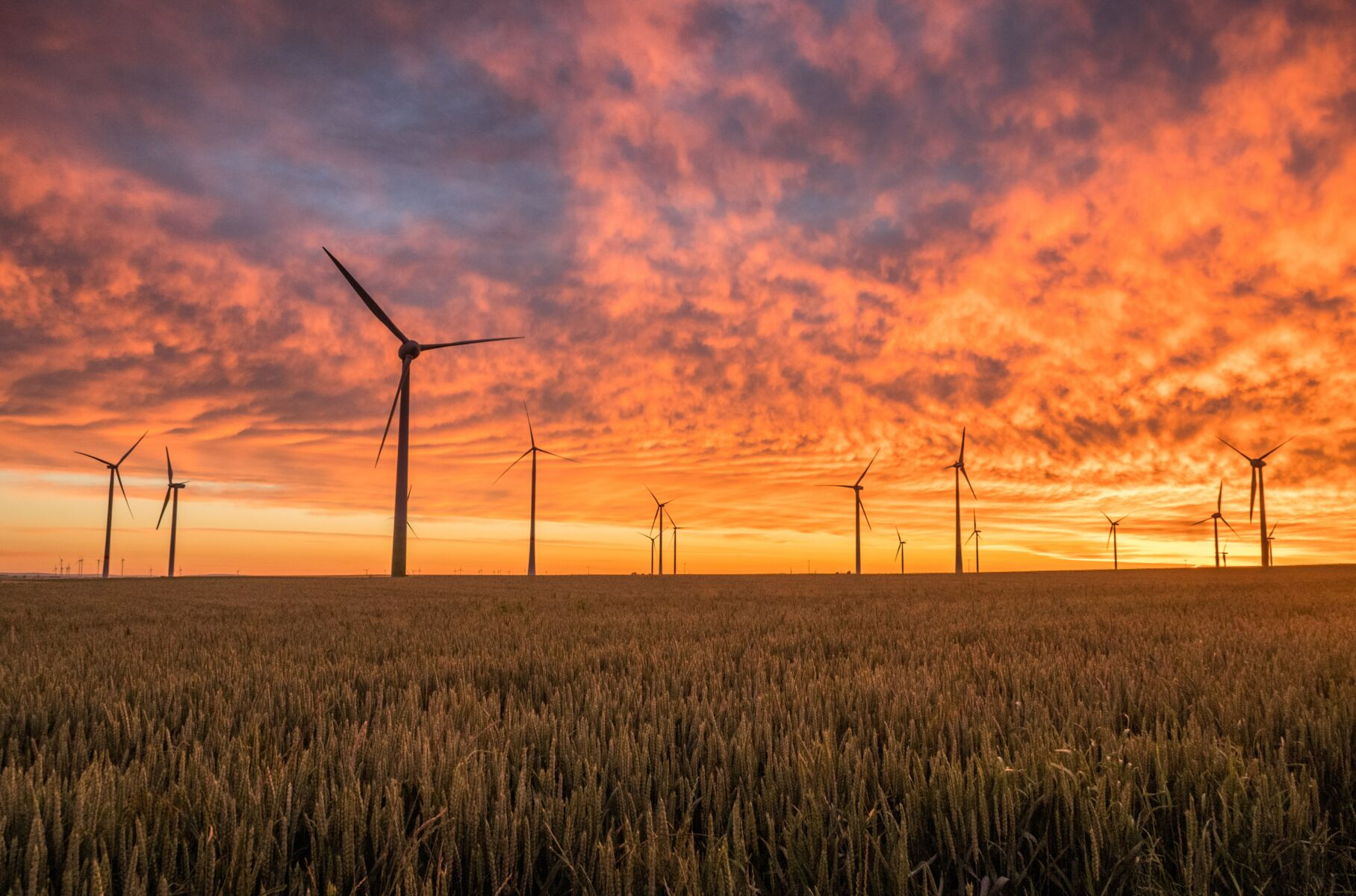Taiwan’s offshore wind farms amid China tensions and geopolitical risks

In the port city of Taichung on Taiwan‘s west coast, a crane hoists into place the final section of a white wind turbine tower that stands almost a hundred metres tall. This turbine will be one of 111 spinning at a multi-billion US dollar offshore wind project up to 60km into the Taiwan Strait. Constructed by Denmark’s Orsted, this project will supply enough electricity for a million homes. These wind farms are vital for Taiwan’s ambitious plan to power its vast tech industry with renewable energy and are situated in a waterway that has become a focal point of tensions between Beijing and Washington.
For now, the economic arguments for developments like Orsted’s trump concerns about placing essential energy assets in a region that some security analysts believe could one day become a theatre of war. Christy Wang, general manager of Orsted Taiwan, said that the company has not changed its strategy for Taiwan, despite closely monitoring cross-strait ties. Wang added that the lifetime of a wind farm is decades, and the project is in for the long term.
Orsted, the world’s largest offshore wind firm, entered Taiwan in 2016, and this project is its largest outside of Europe. The company was attracted to Taiwan by the rapid and consistent winds, government support for renewables, and clear regulation. However, since then, the global geopolitical mood has significantly changed, with Russia’s invasion of Ukraine reframing the way businesses perceive political risks.
Taiwan imports 98% of its energy, so offshore wind is essential for strengthening its energy security. Lee Chun-li, deputy director-general of Taiwan’s Bureau of Energy, said that offshore wind is expected to generate about NT$1 trillion (US$32.6 billion) in investments by 2025. Orsted’s next project in Taiwan is set to be completed in 2025, with all power produced by the 920-megawatt farm already purchased by Taiwan Semiconductor Manufacturing Company (TSMC), the world’s largest contract chipmaker, for two decades. TSMC told Reuters that it continues to pursue long-term green power contracts in Taiwan, aiming to drive the development of domestic renewables.
Joseph Wu, vice president at chipmaker Nanya Technology Corp and chair of SEMI Taiwan’s sustainable manufacturing committee, said that although his company had signed smaller contracts with solar and onshore wind firms, offshore wind could secure greater capacity as pressure to use green energy grows. Taiwan’s substantial appetite for renewables has contributed significantly to making it one of the leading offshore wind markets outside Europe.
However, the industry also faces pandemic-induced delays, escalating costs, and supply issues. With large areas of Taiwan’s territorial waters restricted due to defence, shipping, and other uses, offshore wind developers will soon run out of space. To achieve its 2050 carbon neutrality target and generate 40-55 gigawatts (GW) through wind power, Taiwan is amending the law to allow the construction of wind farms beyond 12 nautical miles from its territorial baseline. The country also plans to announce a tender for floating wind demonstration projects at the end of this year.
New floating wind technology will enable deployment into deeper waters, where developers cannot install fixed-bottom turbines. Spanish developer BlueFloat Energy entered Taiwan last year and plans to bid for the floating demonstration project and, subsequently, a 1GW project 25 kilometres off the coast of Hsinchu, Taiwan’s tech hub. Michael Pinkerton, BlueFloat country manager, said that “real estate for fixed-bottom is becoming exhausted, so you’re moving into deeper waters just by progression.”
Though most developers are not deterred by the prospect of war, some are considering insurance as a way to hedge against this possibility. Clive Lin, chief technology officer at Alexander Leed Risk Services, said that the demand for war coverage has grown due to large payouts from the Ukraine war. Orsted’s Wang said that their wind farms “have insurance coverage for all relevant risks,” but did not provide details.
Scott Hsu, country director of K2 Management—a company that advises offshore projects in Taiwan—said few developers contemplate buying war cover because it would be prohibitively expensive. Still, analysts state that the risk of a military confrontation and its impact on Taiwan’s wind farms are challenging to quantify. Mark Cancian, a senior advisor at the Center for Strategic and International Studies in Washington, said that while there were risks of operational interference, destroying such infrastructure might not provide much strategic advantage for China, reports Channel News Asia.
Latest Thailand News
Follow The Thaiger on Google News:


























